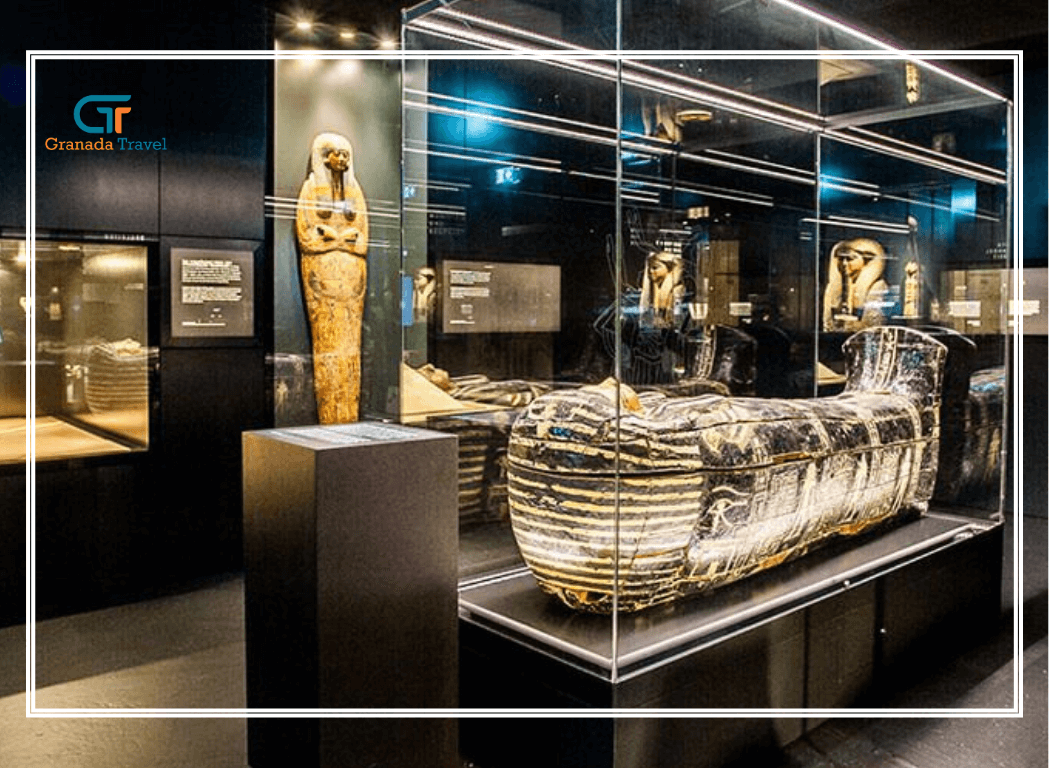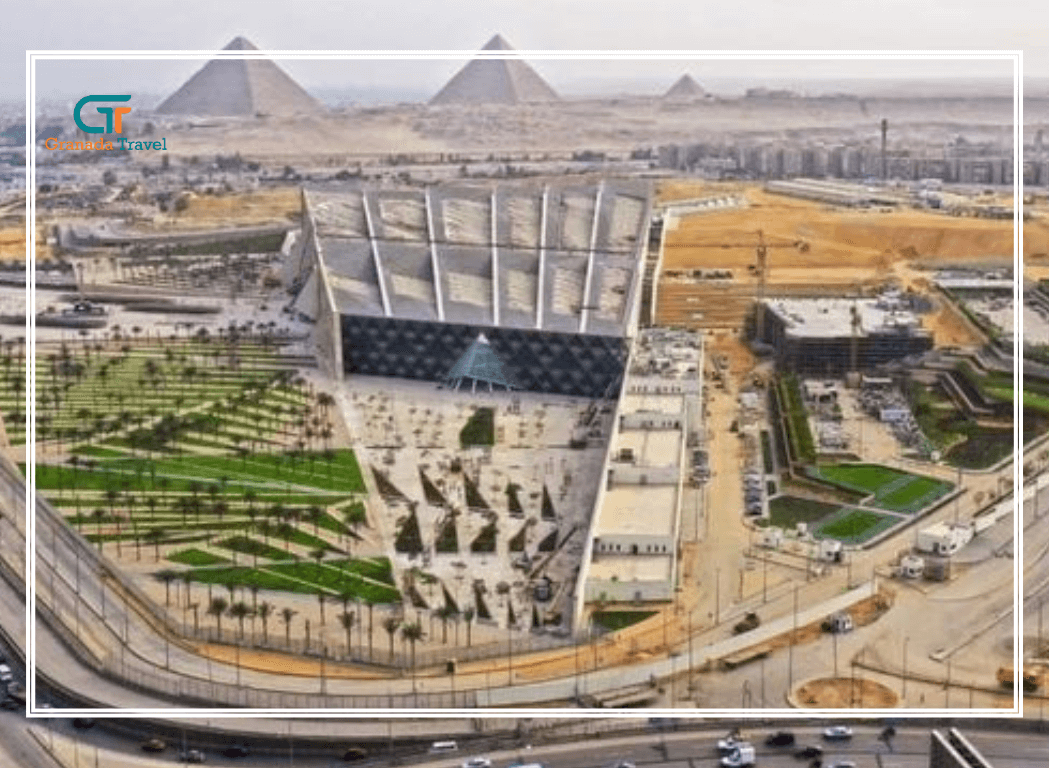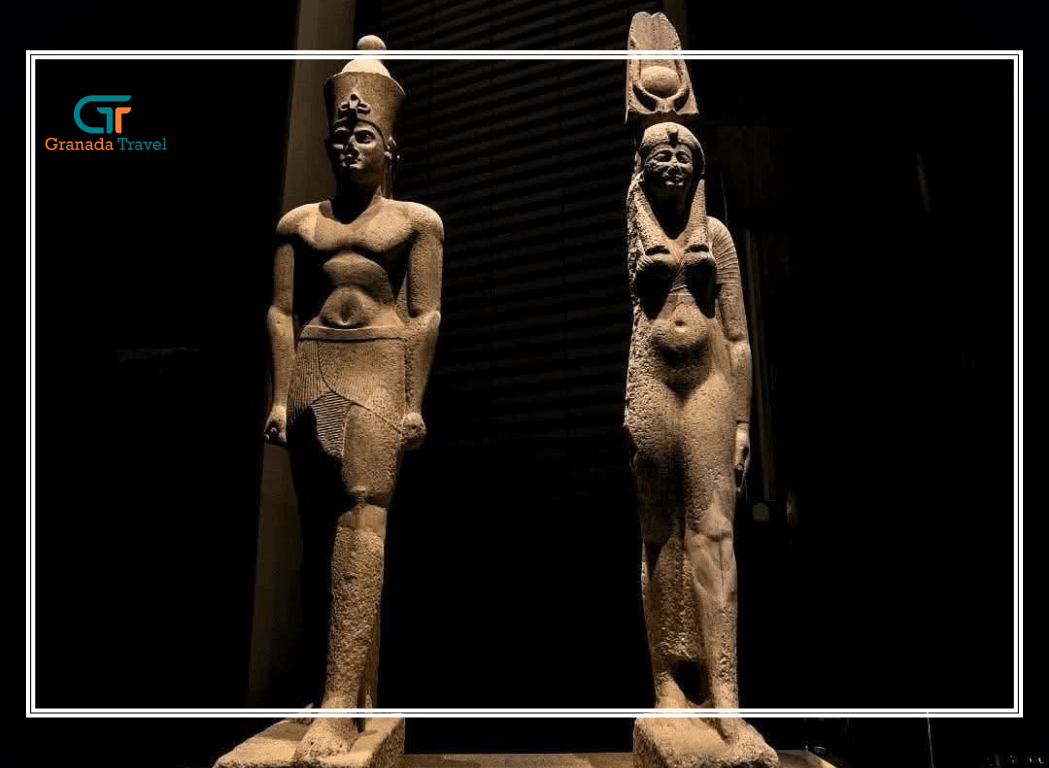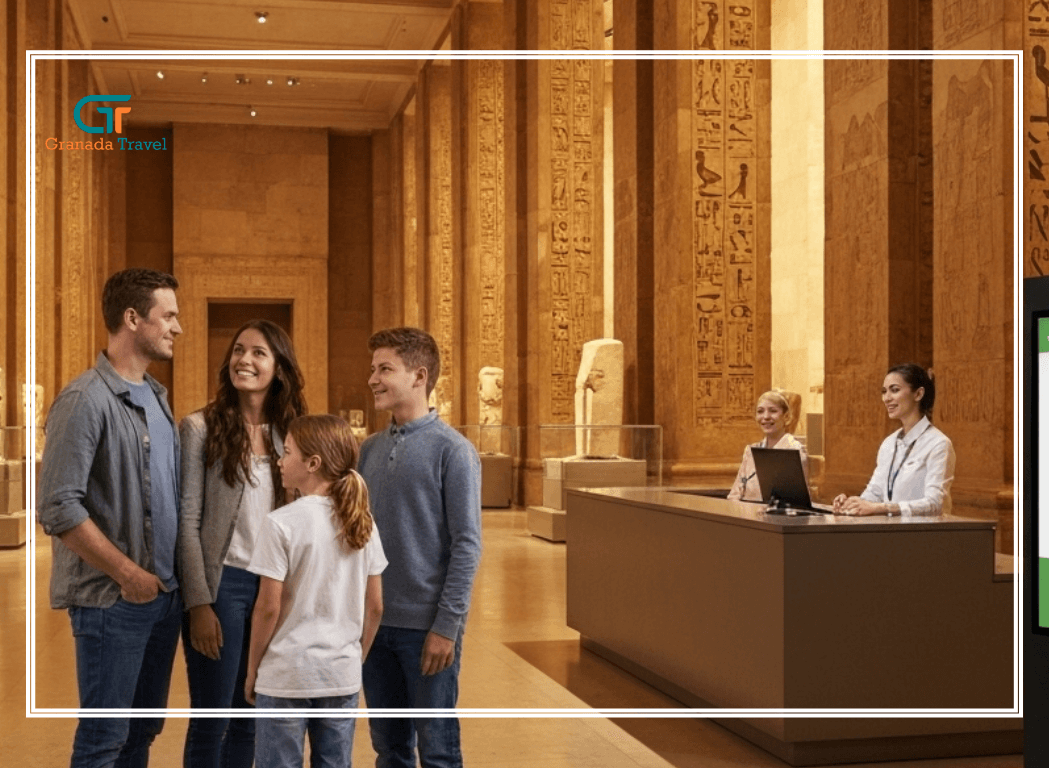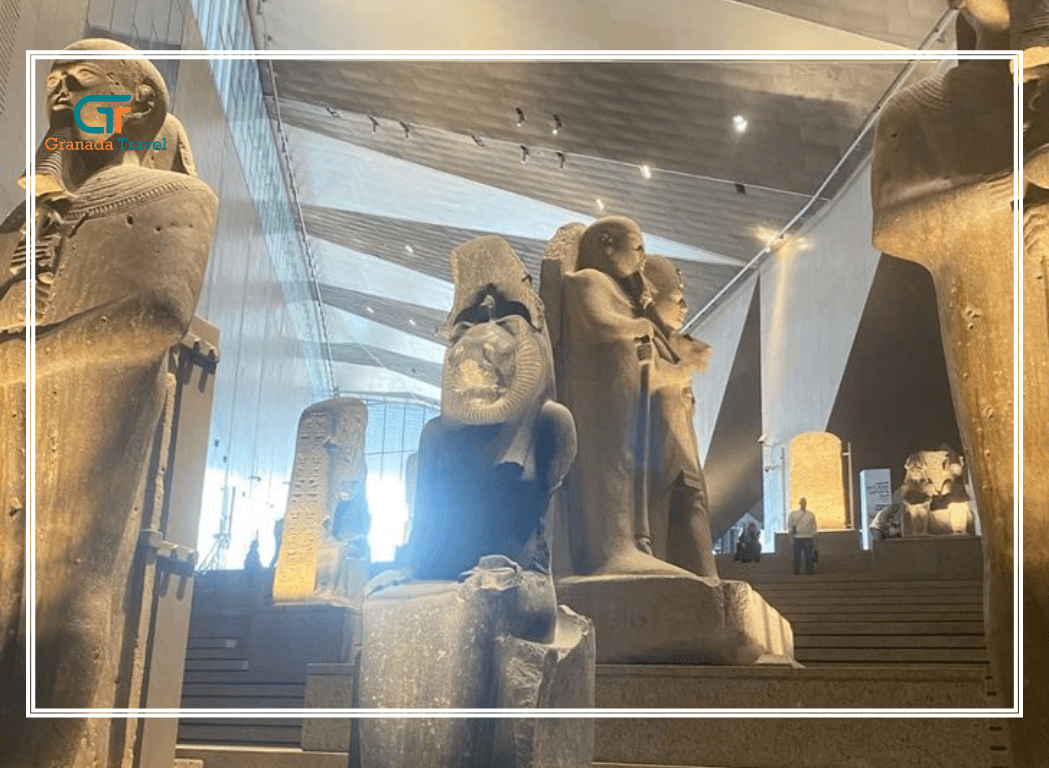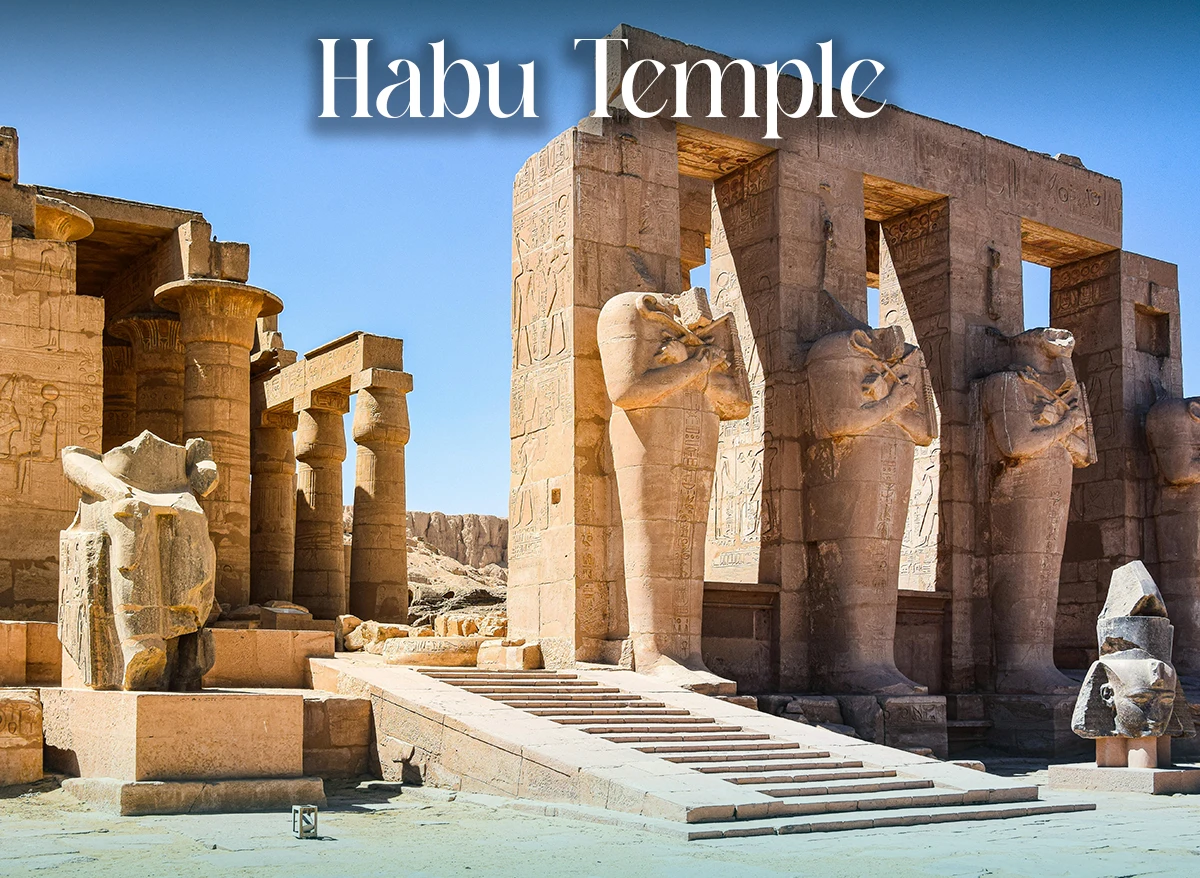
Medinet Habu: Unveiling the Enduring Grandeur of Habu Temple in Egypt
Nestled on the western bank of the Nile in Luxor City Egypt, amidst the rich tapestry of ancient Thebes, lies the awe-inspiring Habu Temple. Often referred to as the Mortuary Temple of Ramesses III at Medinet Habu, this colossal complex stands as a testament to the might and artistic prowess of the New Kingdom. While perhaps not as universally renowned as Karnak or Luxor Temples, Medinet Habu Temple Luxor offers an unparalleled glimpse into the political, religious, and military life of ancient Egypt, making it an essential stop for any discerning traveler.
What is Medinet Habu and why is it important?
Medinet Habu is more than just a temple; it was a sprawling fortified complex that served as the administrative and religious heart of the Theban West Bank during its prime. Its strategic location and formidable mudbrick enclosure walls, some reaching 18 meters high and 10 meters thick, provided protection against invasions, particularly from the Libyans and the enigmatic "Sea Peoples." This defensive aspect highlights the turbulent times of Ramesses III's reign and underscores the temple's critical role as a power base in western Egypt.
The primary and most significant structure within the complex is the Mortuary Temple of Ramesses III. This grand edifice was conceived not only as a place for the pharaoh's eternal worship and funerary rituals but also as a vibrant center for the cult of Amun. Its sheer scale, remarkable preservation, and unparalleled pictorial narratives on its walls make it an invaluable historical document.
Who built the Habu Temple?
The mastermind behind the magnificent Habu Temple was Ramesses III, the second pharaoh of the Twentieth Dynasty, who reigned from approximately 1184 to 1153 BCE. Construction began early in his reign, around the 12th century BCE, and took a considerable seven years to complete, employing an estimated 3,000 workers and utilizing 40 ships to transport colossal stone blocks from the quarries of El Silsila.
While Ramesses III's temple dominates the complex, the site of Medinet Habu held sacred significance long before his arrival. Evidence suggests that a small shrine dedicated to temple of amun re existed here as early as the Eleventh Dynasty (2081 – 1938 BCE). This shrine was later expanded by notable pharaohs like Queen Hatshepsut and Thutmose III of the Eighteenth Dynasty, honoring the creator god Amun and the primeval Ogdoad (a group of eight deities from the Middle Kingdom creation myth). Ramesses III's decision to build his grand mortuary temple on this already hallowed ground speaks to its enduring religious importance.
How old is Medinet Habu?
The core of Medinet Habu, primarily the Mortuary Temple of Ramesses III, dates back to the 12th century BCE, specifically to Ramesses III's reign (c. 1184–1153 BCE). This places its age at over 3,100 years old. However, as mentioned, the site's history stretches back even further, with constructions and religious activities beginning around the 11th Dynasty, making the overall history of human presence and worship at Medinet Habu considerably older. Additions and alterations continued even into the Greco-Roman and Christian eras, with a Coptic Christian settlement thriving within its walls, transforming parts of the temple into a church.
A Journey Through the Mortuary Temple of Ramesses III
Stepping into the Habu Temple complex is like stepping back in time. The entrance itself is a marvel, the unique Migdol Gate, a massive two-story structure modeled after a Syrian fortress, immediately sets the tone for the temple's unique blend of religious devotion and military might. This fortified gateway, adorned with reliefs showcasing Ramesses III's triumphs, serves as a powerful symbol of his era.
Beyond the Migdol, the temple unfolds with a series of courtyards, pylons, and halls, each adorned with an astonishing array of well-preserved reliefs and vibrant colors. Unlike many other ancient Egyptian temples, the decorations at Medinet Habu provide a near-chronological record of Ramesses III's reign, particularly his military campaigns.
Pylons and Courtyards: A Canvas of History
The first pylon, monumental in scale, leads into a vast open courtyard. Here, colossal statues of Ramesses III, often depicted in the form of Osiris, line one side, while the opposite features undecorated columns, offering a striking contrast. The walls of this courtyard, and indeed throughout the temple, are a historical goldmine. They depict thrilling scenes of Ramesses III's battles, most famously his campaigns against the Sea Peoples and the Libyans. These depictions are not merely artistic representations; they are vital historical documents, detailing the weaponry, tactics, and sheer scale of these ancient conflicts. The vividness of the colors that still cling to these reliefs is truly remarkable, offering a rare glimpse into the original splendor of these ancient artworks.
The second pylon introduces another peristyle hall, echoing the grandiosity of the first court with more columns featuring the pharaoh's image. From here, a ramp leads to the third pylon and into the expansive hypostyle hall. While the roof of this hall has largely succumbed to the ravages of time, the remaining columns and wall reliefs continue to impress.
Beyond the Main Temple: A Complex Ecosystem
The Habu Temple complex extends beyond the main mortuary temple of Ramesses III. Within its fortified enclosure, you'll discover the remains of a royal palace, storerooms, workshops, and administrative buildings. A unique feature is the "Window of Appearances," located between the first court and the royal palace, where the pharaoh would present himself to his subjects.
Adjacent to the main temple are smaller shrines and chapels. Notably, a chapel from the Hatshepsut period still stands, testament to the site's long and continuous religious function. There are also a row of funerary chapels, built by the "God's Wives of Amun", powerful female priestesses of the Twenty-fifth and Twenty-sixth Dynasties, further illustrating the evolving uses of this sacred space.
Habu Temple Photos: A Visual Feast
One of the most striking aspects of Habu Temple is the exceptional preservation of its reliefs and their original coloration. Unlike many other ancient sites where the vibrant hues have faded to a monochrome, Medinet Habu retains a significant amount of its original paint. This allows visitors to truly appreciate the intricate details of the hieroglyphs and the dynamic scenes of battles, religious rituals, and daily life. Looking at Habu Temple photos often captures the stunning blues, reds, and yellows that still adorn the walls, a vivid reminder of the artistic mastery of ancient Egyptian craftsmen.
Habu Temple Facts: Beyond the Beauty
- Size and Scale: The Habu Temple precinct measures approximately 300 meters by 210 meters, encompassing a vast area of decorated wall reliefs.
- Fortification: The thick mudbrick walls surrounding the complex were crucial for defense, transforming it into a fortified city during times of unrest.
- Historical Record: The detailed battle scenes on the temple walls, particularly those depicting the defeat of the Sea Peoples, are some of the most important historical sources for this turbulent period in Egyptian history.
- Architectural Inspiration: The design of Ramesses III's mortuary temple at Medinet Habu is closely inspired by the nearby Ramesseum, the mortuary temple of his great predecessor, Ramesses II. This architectural similarity allows for fascinating comparisons between the two pharaohs' grand visions.
- Evolution of Use: Over centuries, Medinet Habu transitioned from a royal mortuary temple and religious center to a place of refuge during conflicts, a cemetery for private burials, and even a Coptic Christian settlement. This multi-layered history adds to its profound significance.
- Cult of Amun: The site was intrinsically linked to the cult of Amun, believed to be the location of the primeval mound of creation. It served as a focal point for various annual festivals dedicated to the god. The temple of Amun-Re in Karnak was a key religious center for the Amun cult, and the connections between Medinet Habu and this grand temple were significant.
Is the Habu Temple Worth Visiting?
Absolutely. Is the Habu temple worth visiting? The resounding answer is yes, for several compelling reasons:
- Exceptional Preservation: The colors and carvings at Medinet Habu are among the best preserved in all of Egypt. This allows for a much more immersive and visually stunning experience than at many other sites.
- Historical Significance: For those interested in the military history of ancient Egypt, particularly the enigmatic Sea Peoples and the challenges faced by the late New Kingdom, Medinet Habu offers an unparalleled visual narrative.
- Fewer Crowds: Compared to the perpetually bustling Karnak or Luxor Temples, Medinet Habu often provides a more tranquil and intimate experience, allowing visitors to explore at their own pace and truly absorb the atmosphere.
- Architectural Grandeur: The sheer scale and intricate design of the complex are a testament to the engineering and artistic capabilities of the ancient Egyptians.
- Integration with West Bank Attractions: Medinet Habu is conveniently located on the Luxor West Bank attractions circuit, making it an easy addition to a day trip that might also include the Valley of the Kings, Deir el-Bahari (Hatshepsut's Temple), and the Colossi of Memnon.
Monumental Achievement of Ancient Egyptian Architecture
In conclusion, the Habu Temple, or the Mortuary Temple of Ramesses III at Medinet Habu, is a monumental achievement of ancient Egyptian architecture and art. Its vibrant reliefs, comprehensive historical narratives, and remarkable state of preservation offer an unforgettable journey into a pivotal era of pharaonic rule.
For anyone planning a trip to Egypt, a visit to this magnificent temple of Habu on the west bank of Luxor is not just recommended, it's essential for a truly complete understanding of Egypt's enduring legacy.

